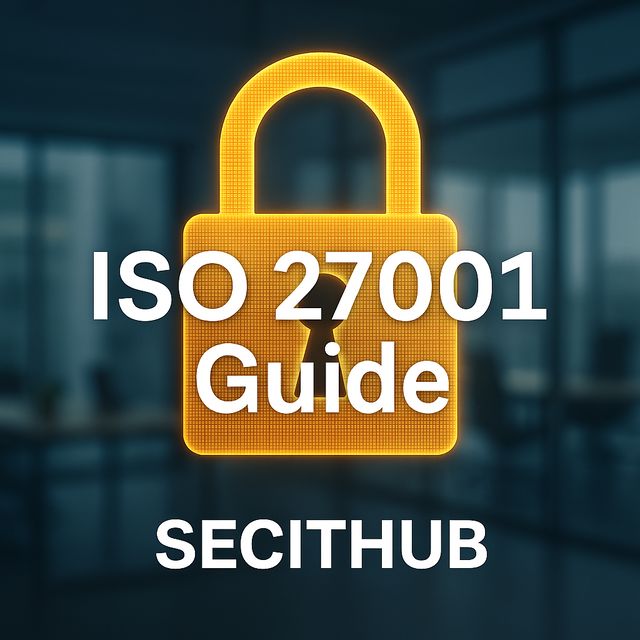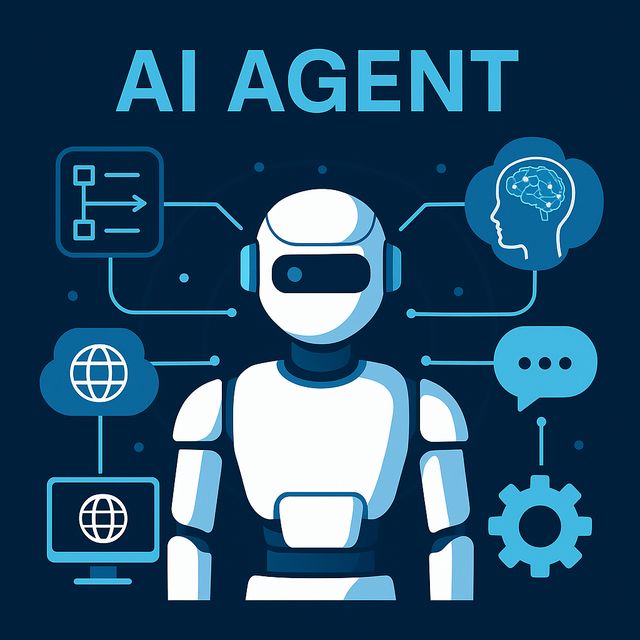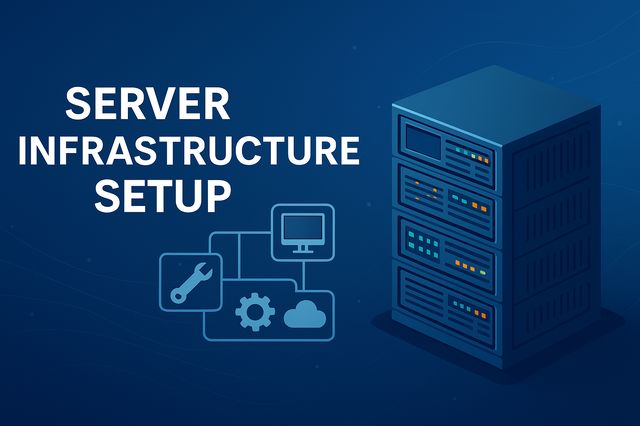Gartner’s Agentic AI Revolution (2025) redefines how technology excellence is measured.
Instead of ranking vendors by vision and execution alone, Gartner now evaluates autonomy, trust, and governance assessing how safely AI systems act without human input.
In cybersecurity, this marks a shift from “ability to execute” to “ability to execute responsibly”, where ethical AI and explainable decisions define true leadership.
From Analyst Frameworks to Autonomous Intelligence | Agentic AI
For more than two decades, Gartner’s Magic Quadrant has defined how the world evaluates technology.
Its two legendary axes Vision and Execution have guided billions of dollars in enterprise investment and shaped the global cybersecurity landscape.
Being placed in the “Leaders” quadrant meant credibility, growth, and market trust.
But the rules are changing.
The arrival of Agentic AI artificial intelligence that acts on its own, not just when instructed is forcing analysts to rethink everything.
According to Gartner’s 2025 Bold Predictions, by 2028 more than 15% of business decisions will be made by autonomous AI agents, and over one-third of enterprise applications will include agentic capabilities.This shift marks the dawn of a new evaluation era.
Where analyst firms once measured a vendor’s ability to execute, they must now assess how safely and ethically machines execute on behalf of humans.
“Execution” no longer means project delivery it means autonomous decision integrity.
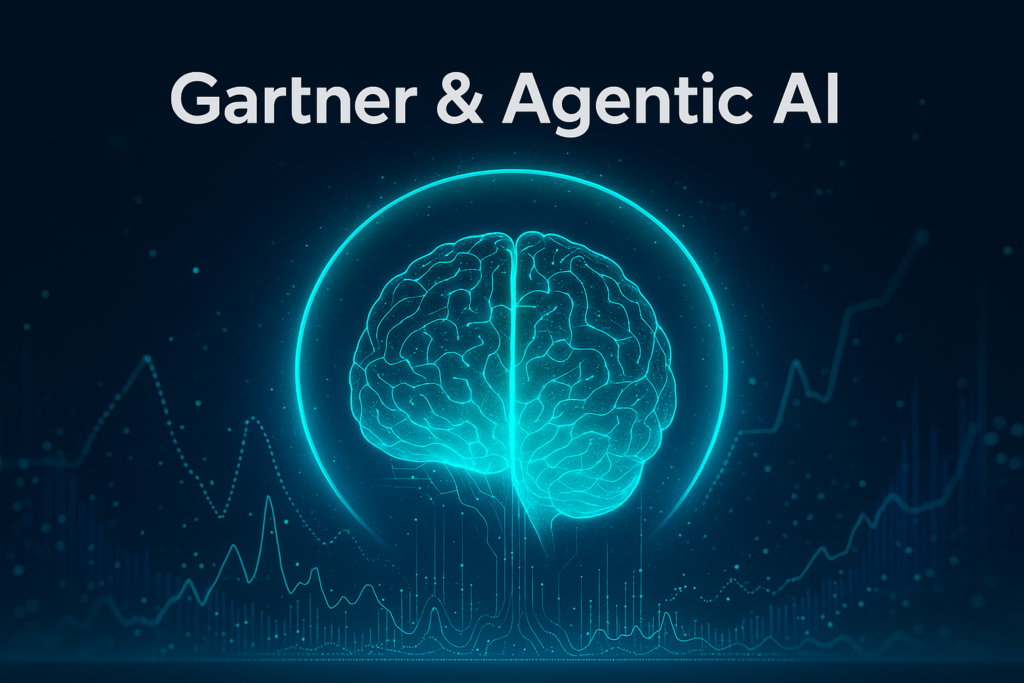
How Gartner’s Magic Quadrant Is Evolving
The Magic Quadrant was built for a human-led world:
vendors executing strategies, selling solutions, and delivering outcomes.
Agentic AI changes that equation.
Now, software can define goals, plan actions, and make security decisions independently from isolating endpoints to updating configurations without waiting for human approval.
That raises a profound question for Gartner’s analysts:
When execution itself becomes autonomous, what exactly are we measuring?
In the Agentic era, Gartner’s analysts are quietly expanding their internal methodology.
Instead of looking only at performance, innovation, and customer satisfaction, they are adding new layers of evaluation that ask deeper questions:
Can this AI act safely on its own?
Are its decisions explainable and reversible?
Does the vendor maintain strong governance over autonomous logic?
Is accountability clearly defined when an AI acts incorrectly?
This evolution transforms the Magic Quadrant from a performance ranking into a trust framework.
The new measure of leadership is no longer speed, but responsibility the ability to deliver autonomy without losing control.
Inside Gartner’s Redefinition of “Execution”
In the traditional model, “Ability to Execute” meant operational excellence: product stability, customer satisfaction, and sales strength.
In the age of Agentic AI, it now implies something entirely different the Ability to Execute Autonomously.
This new definition centers on three critical dimensions:
Reliability of Autonomy
How consistently and safely an AI agent performs without human intervention.
A high score demands not only technical precision but predictable behavior under complex conditions.
Governance and Oversight
Every autonomous system must include clear rules, monitoring loops, and escalation paths.
Gartner now looks for vendors who implement AI governance frameworks combining ethics, transparency, and continuous human audit.
Explainability and Traceability
An AI’s decision must be understandable.
If a system isolates a network segment or triggers a patch rollout, CISOs must know why.
Explainability is now a competitive differentiator a sign of trustworthiness.
Through this lens, Gartner’s Magic Quadrant is turning from a static chart into a living evaluation ecosystem, where innovation and responsibility carry equal weight
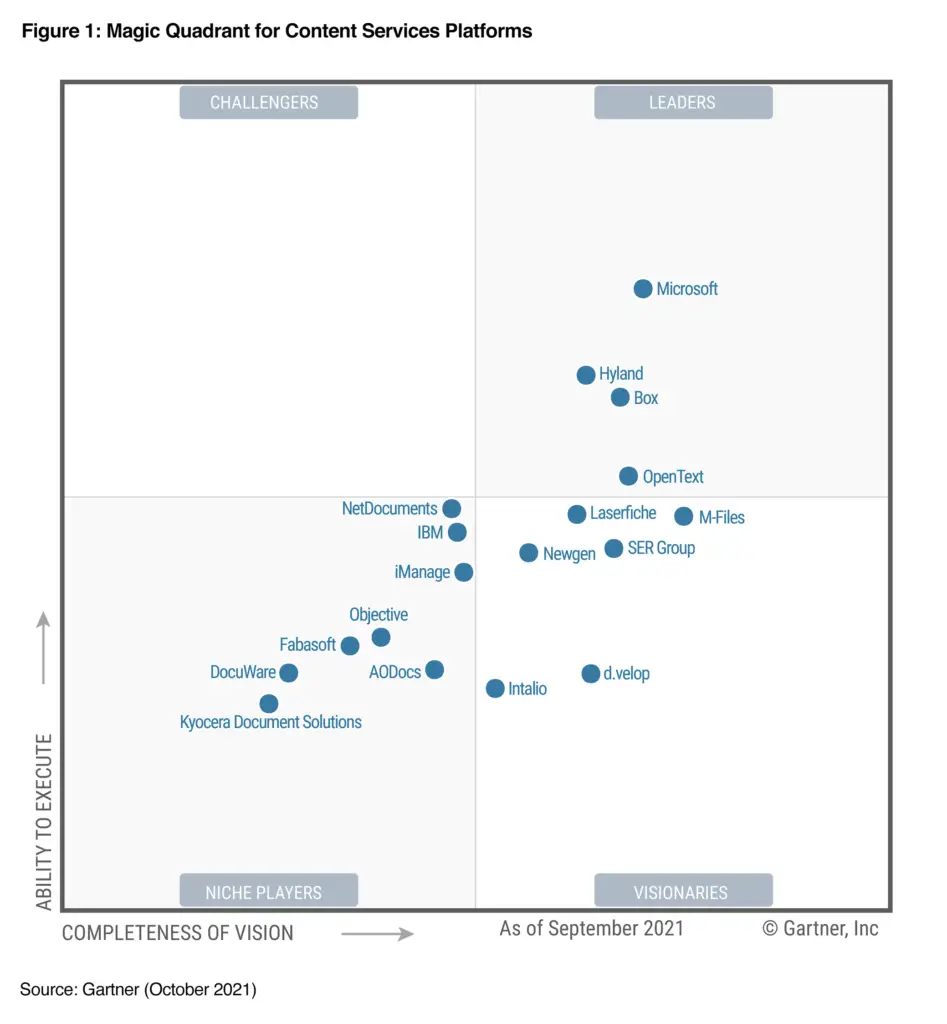
The Analyst Ecosystem Adjusts | Beyond Gartner Alone
No single firm defines truth in this new landscape.
That’s why enterprise leaders increasingly combine insights from Gartner’s Magic Quadrant, Forrester’s Wave, and IDC’s MarketScape.
Each framework highlights a different dimension of the same reality: performance, vision, and market maturity now joined by a fourth: autonomous integrity.
Analyst cross-validation is becoming essential.
While Gartner refines its criteria for autonomy, Forrester emphasizes AI strategy and ethical impact, and IDC focuses on scalability and global adoption.
Together, they create a triangulated view of AI trust a critical factor for CISOs choosing the next generation of cybersecurity platforms.
The Cybersecurity Impact | From Human Oversight to Machine Execution
For cybersecurity, the implications are massive.
Agentic AI does not just support human defenders; it becomes one.
Autonomous detection, containment, and remediation redefine what “execution” means inside a SOC.
CISOs now face dual responsibility:
to secure the enterprise and to secure the intelligence that protects it.
Every autonomous action from a firewall reconfiguration to an automated incident response must be governed, logged, and auditable.Gartner’s upcoming evaluations in categories like Security Posture Management, Threat Intelligence Platforms, and AI-Driven SOC Automation will increasingly measure how vendors build accountability into autonomy.
The firms leading the next Magic Quadrants will be those who balance speed and safety, not just innovation and sales.
The Analyst’s Dilemma | Measuring What Learns
Perhaps the greatest challenge for Gartner and its peers is philosophical:
how do you evaluate technology that rewrites its own rules?
Machine learning once required human training data; Agentic AI learns through its own outcomes.
Analysts must now evolve from observers to governors — from evaluating products to evaluating principles.
Future Magic Quadrants may include new, explicit metrics such as:
Autonomy Maturity – how much human oversight remains.
Decision Transparency – how clearly the system explains itself.
AI Accountability – who bears responsibility for errors.
Ethical Adaptability – how well models align with governance over time.
This is the next frontier of analytical research a shift from assessing technology performance to auditing AI behavior.
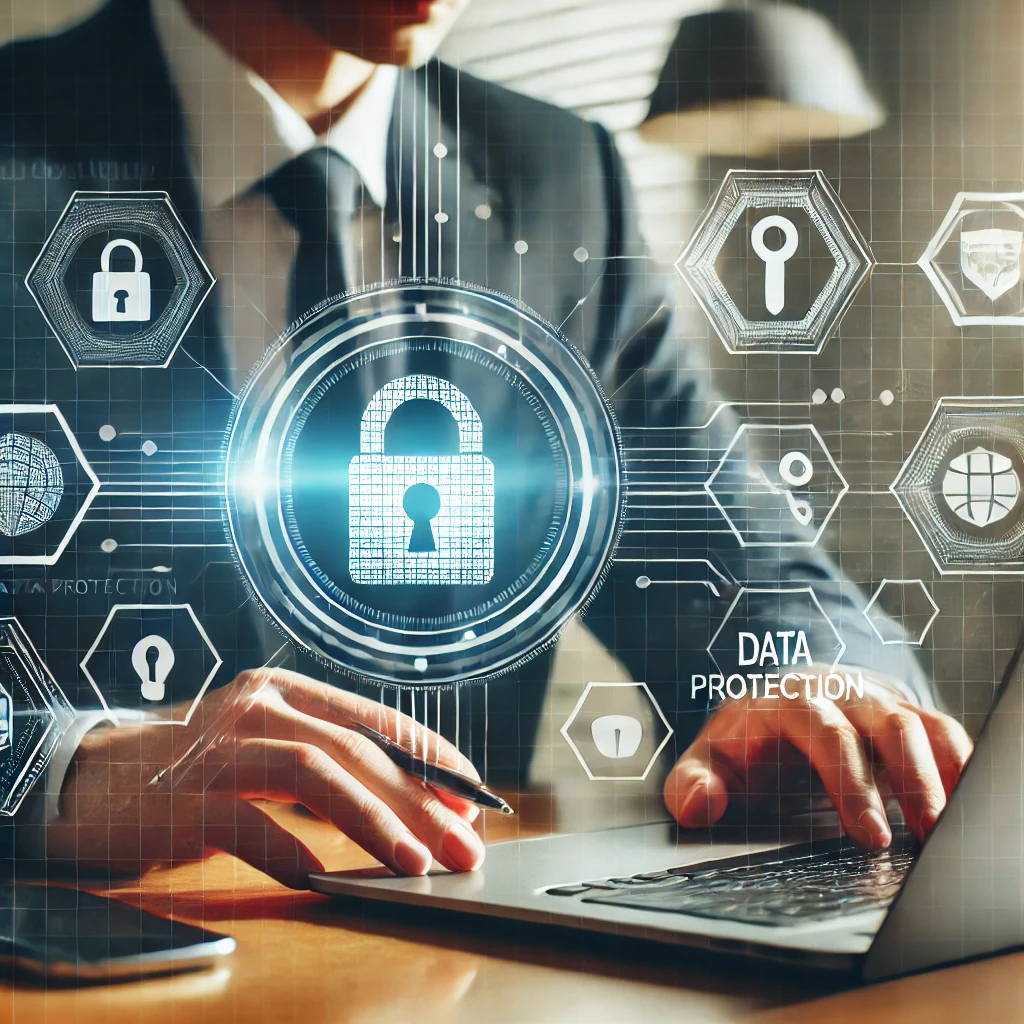
Why It Matters | Trust as the New Competitive Advantage
Agentic AI represents both opportunity and risk.
For vendors, it offers differentiation through intelligence and automation.
For analysts, it introduces the need to define trust metrics that capture far more than uptime or efficiency.
Enterprises reading Gartner’s reports will soon notice subtle but important changes: greater emphasis on governance, transparency, and ethical design.
As AI agents begin making business decisions, trust becomes the new market currency the measure of who leads, and who follows.
The future Magic Quadrant will not simply show who executes best, but who executes safely.
That is the next stage of maturity in both cybersecurity and enterprise AI.
Conclusion | The Magic Quadrant Reinvented
Gartner’s frameworks have always reflected the state of technology.
Today, they are evolving alongside it.
In the Agentic AI era, analysts are no longer ranking tools; they are ranking autonomy itself.
The question is no longer Who has the most advanced platform?
It’s Whose AI can we trust to decide?
In cybersecurity, that trust determines everything resilience, compliance, and reputation.
And as the world enters the age of autonomous intelligence, Gartner’s next Magic Quadrant will measure not only ability to execute, but ability to execute responsibly.
Why It Matters
Agentic AI is transforming not only how organizations operate but how the entire analyst ecosystem defines excellence.
Understanding these new evaluation principles helps CISOs, investors, and vendors align strategy, governance, and trust before the next wave of rankings reshapes the market.
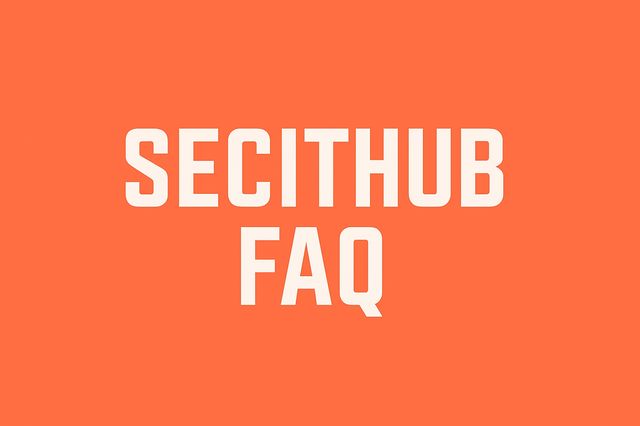
Agentic AI refers to artificial intelligence systems capable of autonomous goal-setting and action, not just executing pre-programmed tasks.
Unlike traditional AI, which requires direct human prompts, Agentic AI can make decisions, plan workflows, and act independently though within defined governance boundaries.
Gartner is expanding beyond “Vision” and “Execution” to include autonomy, explainability, and governance.
Vendors are now judged not only on performance but also on how safely, ethically, and transparently their AI systems operate without human intervention.
Because autonomous AI can now take real defensive actions isolating systems, applying patches, or containing threats.
Without strong oversight and auditing, these same capabilities could cause unintended outages or security gaps.
That’s why “responsible execution” has become the new measure of cyber resilience.
Autonomy Maturity: How much human oversight remains.
Decision Transparency: How explainable actions are.
AI Accountability: Who is responsible for outcomes.
Ethical Adaptability: How well models align with governance over time.
Forrester emphasizes AI strategy and ethical impact,
IDC prioritizes scalability and adoption.
Together, these frameworks offer a triangulated view of AI trust vital for CISOs evaluating next-generation cybersecurity platforms.
It means leadership will no longer be defined by innovation speed alone.
Vendors must now prove their AI acts safely, transparently, and with human accountability.
The winners of 2025 will be those who balance autonomy with ethics transforming Gartner’s rankings into trust frameworks for the age of intelligent machines.
Stay ahead of Gartner’s evolving standards.
Subscribe to SECITHUB for weekly analyses on AI governance, analyst trends, and the technologies shaping tomorrow’s cybersecurity rankings.
References
What are the use cases of agentic AI? – AWS
Gartner Predicts Over 40% of Agentic AI Projects Will Be Canceled by End of 2027 – gartner
Agentic AI Is The Next Competitive Frontier – forrester
